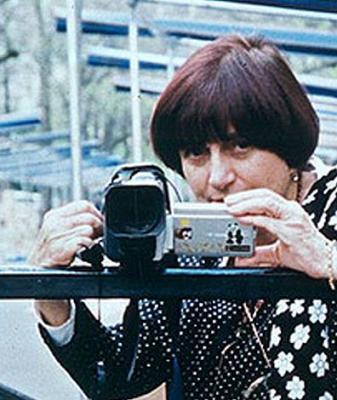Episodic Story Structure in “The Beaches of Agnes”
I saw The Beaches of Agnes last weekend, a quirky personal documentary directed by Agnes Varda, a French artist and filmmaker (The Gleaners and I, 2000). The film was visually interesting, and Agnes herself, an 80-year-old warm woman, was an appealing character. But frankly I had a hard time staying engaged as Agnes revealed one mostly unrelated episode after another. I felt like I was reading a novel with long passages of landscape and character descriptions that never seemed to get going. I even felt a guilty that I was bored.
The problem, I surmised as I half-watched the screen, was that my American, story-centric mind couldn’t grasp a narrative threat to hold my interest. Partway through the film I recalled ITVS International Program Manager Cynthia Kane telling me that European audiences don’t require the same three-act narrative story structure to which we Americans are so attached. I tried to be less ethnocentric, but I have to admit, I’m attached to my story. Without it, I felt impatient and adrift in the random life events of Agnes’ episodic tale.
Toward the end of the film, Agnes’s beloved husband, filmmaker Jacques Demy, becomes terminally ill. When he suggests that Agnes direct a film based on Demy’s childhood recollections, and she accepts, I noticed myself suddenly sit up in my chair. Leaning forward, I had become very interested in the outcome. Here was a goal with a limited timeline! Could Agnes finish the film in time for her husband to see his past reflected back?
I won’t give away the answer, except to say that this American viewer was grateful for an ending that both gripped and ultimately moved me with the heroic efforts of a protagonist on a quest.
If you’re interested in learning more about the kind of documentary story structure that U.S. audiences (and others around the world) have come to expect, check out my online e-course, “Editing the Character-Driven Documentary”.
Go to https://newdocediting.com/land/editingdocumentaryecourse/.
